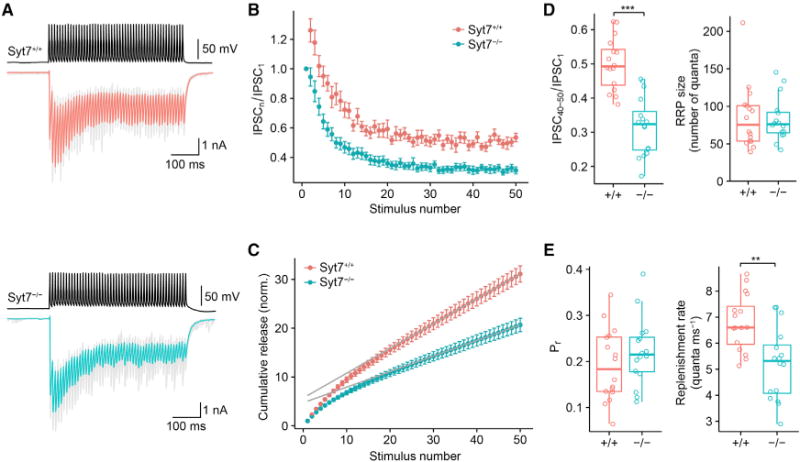Figure 2. Syt7 Promotes Facilitation and Vesicle Pool Replenishment during Stimulus Trains at BC-PC Synapses.

(A) IPSCs evoked by a 100-Hz train of 50 APs for Syt7+/+ (top) and Syt7−/− (bottom) mice. Upper traces, presynaptic APs evoked by brief current pulses; lower traces, IPSCs (gray traces, individual sweeps; red and cyan traces, average IPSCs).
(B) Normalized IPSC peak amplitudes (IPSCn/IPSC1) plotted against stimulus number (n). Red circles, Syt7+/+; cyan circles, Syt7−/− synapses. Data were obtained from 16 pairs in each group.
(C) Quantitative analysis of pool size and refilling rate. IPSC peak amplitude was divided by IPSC1, averaged across cells, and cumulatively plotted against stimulus number. The last ten points were fit by linear regression. Size of the readily releasable pool (RRP) was determined from intersection of the regression line with the ordinate, whereas refilling rate was determined from the slope of the line. Release probability was quantified as the ratio of IPSC1 over pool size.
(D and E) Boxplots for IPSC40–50/IPSC1 (D, left), RRP size (D, right), release probability (E, left), and replenishment rate (E, right). The triple asterisk (***) in (D) indicates p < 0.001, and the double asterisk (**) in (E) indicates p = 0.003.
